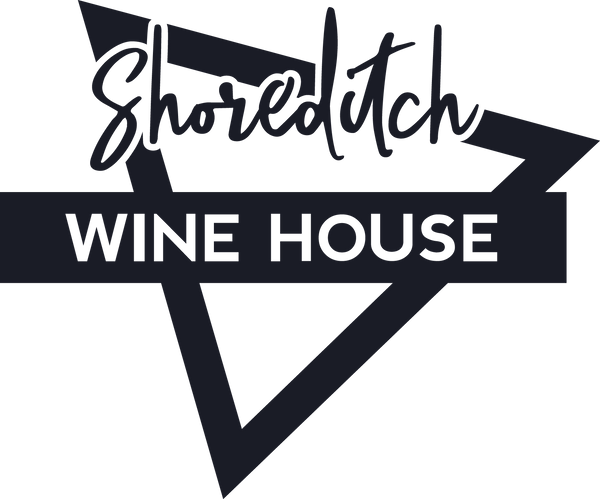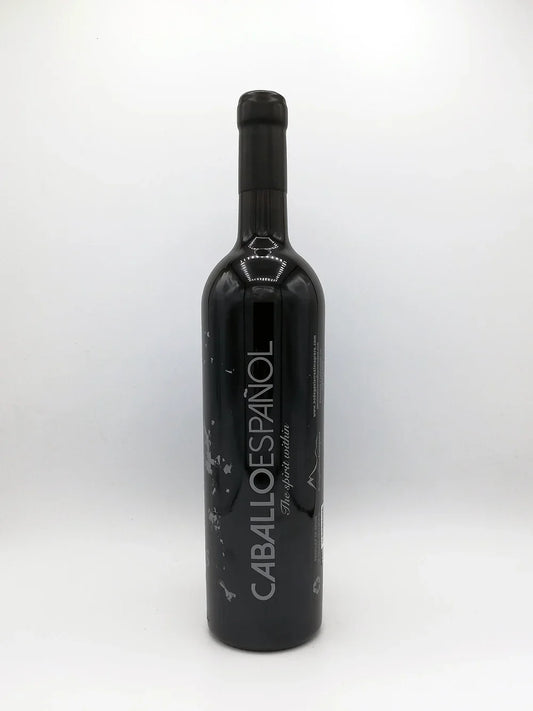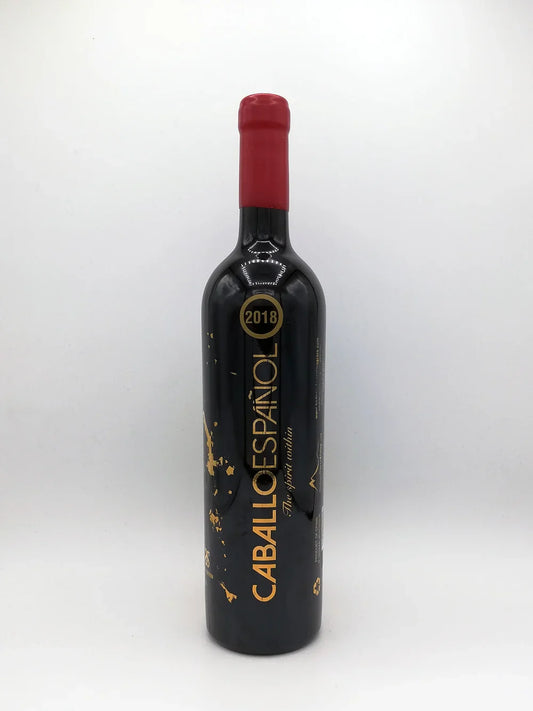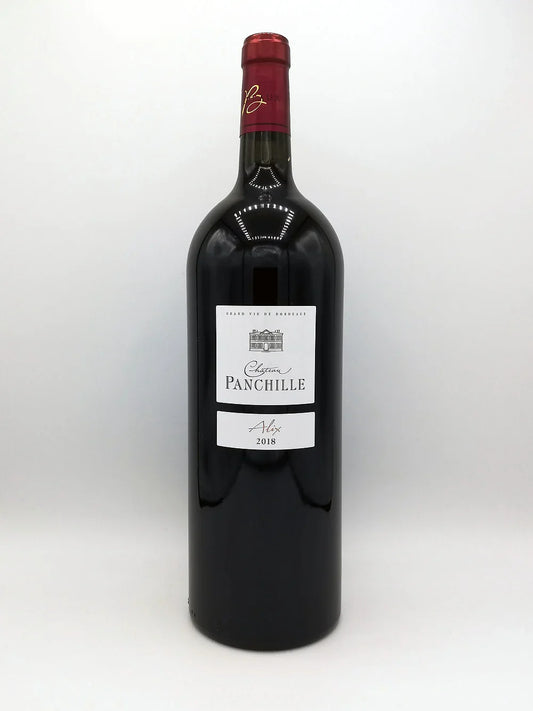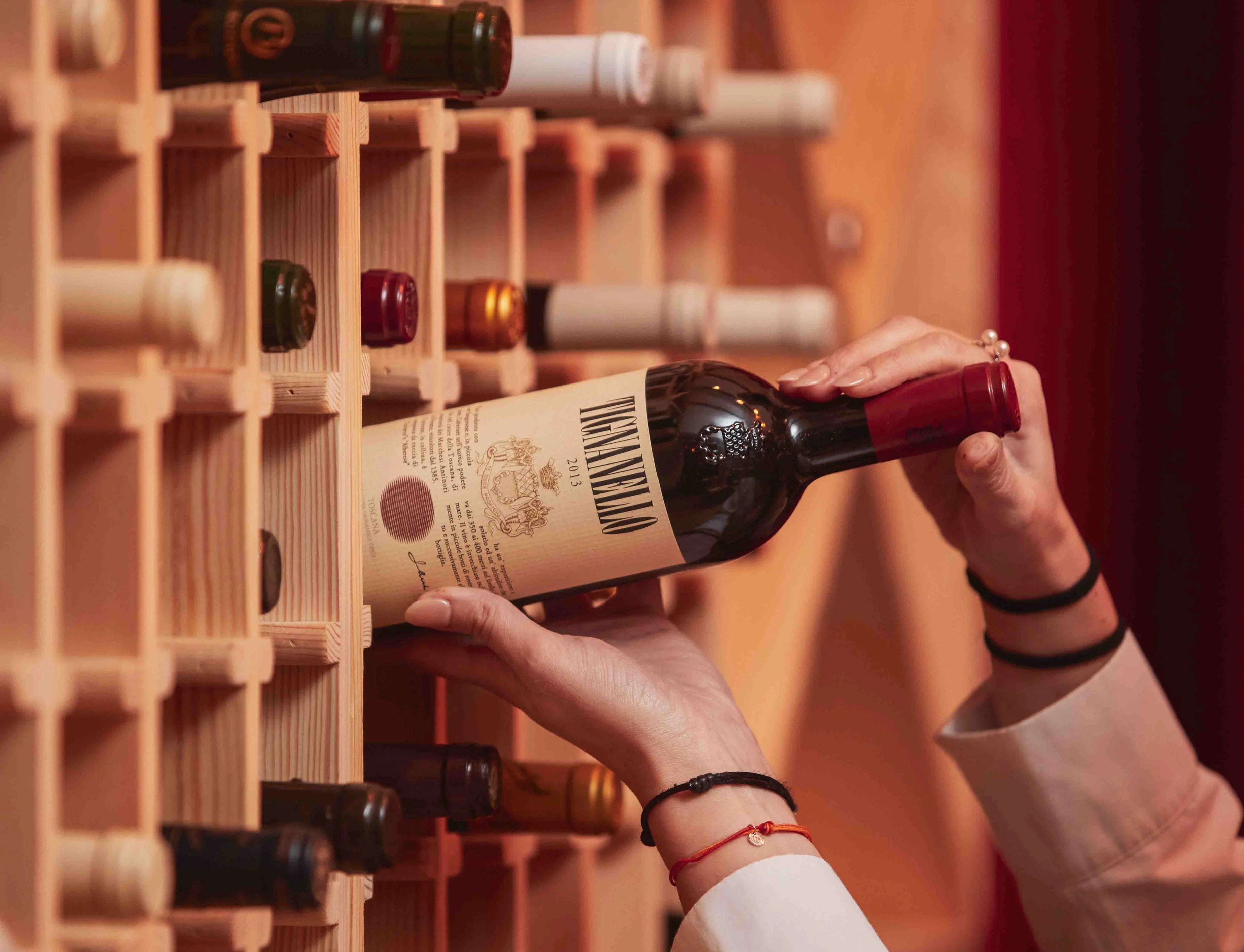
Wine Shop
Experience the ease of ordering top-quality wines online and having them delivered directly to you. Elevate your wine-drinking experience today.
-
Bodega Sierra Almagrera, "Caballo Espanol", Tempranillo Blend, Almeria 2019
Regular price £54.00 GBPRegular priceUnit price / per -
Bodega Sierra Almagrera, Gold Edition, "Caballo Espanol", Almeria 2018
Regular price £189.00 GBPRegular priceUnit price / per -
Chateau Panchille, ‘Cuvee Alix’, Entre-Deux-Mers, Bordeaux, Magnum 2018
Regular price £49.00 GBPRegular priceUnit price / per£61.00 GBPSale price £49.00 GBPSale -
Panchille, ‘Cuvee Alix’, Entre-Deux-Mers, Bordeaux 2018
Regular price £26.00 GBPRegular priceUnit price / per -
Poirot & Fils, Premier Cru, Demi-Sec NV
Regular price £33.00 GBPRegular priceUnit price / per -
Poirot, 'Cuvee Roland', Premier Cru, Blanc de Blanc, Extra Brut NV
Regular price £36.00 GBPRegular priceUnit price / per -
Poirot, Premier Cru, Blanc de Blancs Extra Brut Magnum NV
Regular price £75.00 GBPRegular priceUnit price / per -
Poirot, Premier Cru, Grande Reserve, Brut NV
Regular price £36.00 GBPRegular priceUnit price / per -
Poirot, Premier Cru, Rose NV
Regular price £38.00 GBPRegular priceUnit price / per -
Pouilly-Fuissé, Clos Reyssier la Cadole, Domaine Perraton 2018
Regular price £42.00 GBPRegular priceUnit price / per

